Why this barista founded a cafe in PJ that teaches others how to up their own coffee game
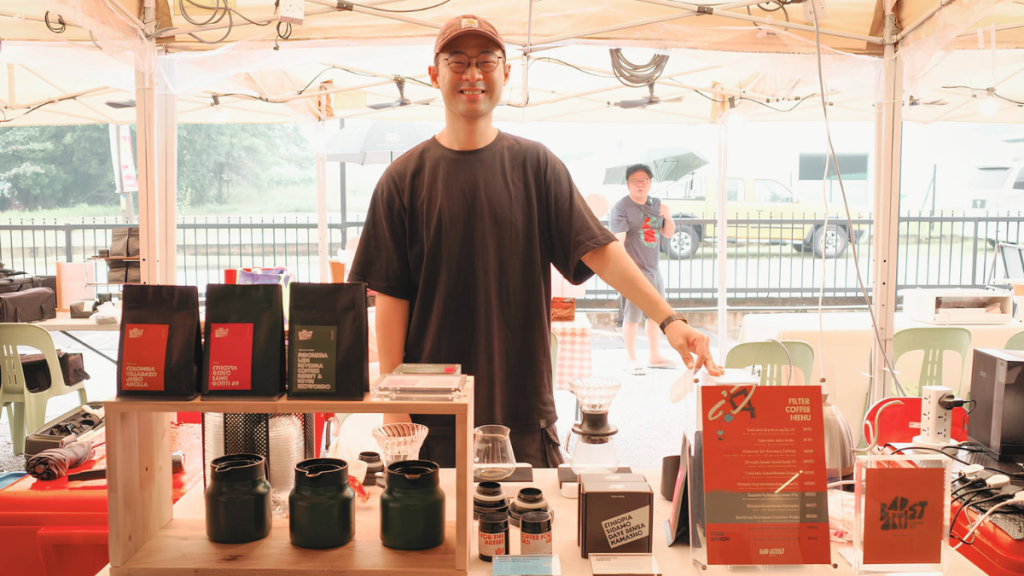
At 35 years old, Han has had a long winding career, going from tech startups in Singapore back to his home business here, until finally, reaching his dream of building a coffee business. But more than that, empowering a community. Bad Artist Coffee Co came about from a love for coffee, and the desire to […]
Is it defamation when you leave a bad review, and can M’sian businesses sue you for it?

Disclaimer: This article is for general informational purposes only and is not meant to be used or construed as legal advice in any manner whatsoever. All articles have been scrutinised by a practising lawyer from Tristan & Partners to ensure accuracy. The “silent majority” is a concept in politics that refers to how the largest […]
Wise was named one of the best APAC employers for 2025—their new S’pore office showed us why
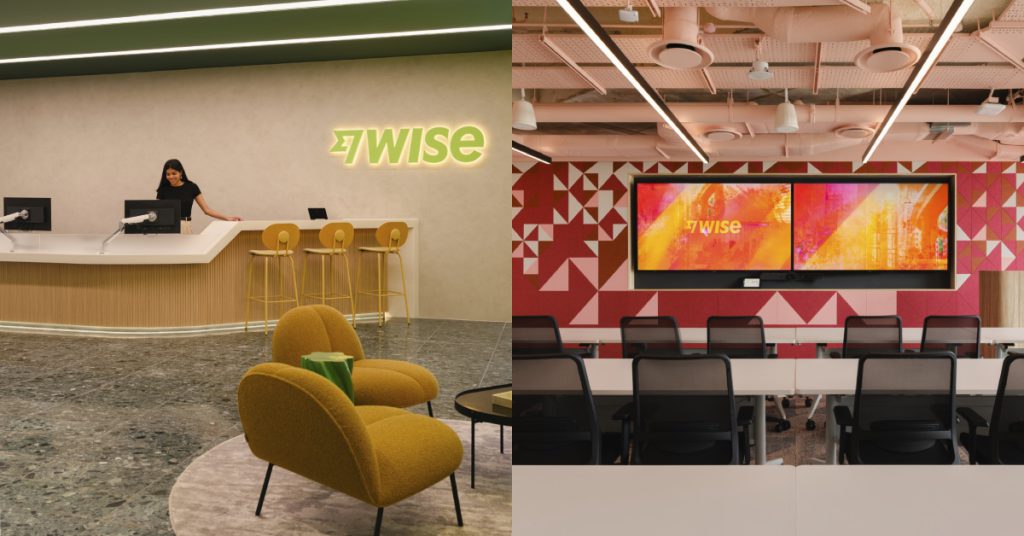
Fintech firm Wise has expanded its Asia Pacific hub in Singapore with the opening of a new office at Paya Lebar Quarter. The newly unveiled 31,800 sqft office is 25% larger than its previous location, making it Wise’s largest office in Singapore to date. Yesterday, the Vulcan Post team had the opportunity to tour their new […]
Grab receives street-hail service license, to become Singapore’s 6th taxi operator
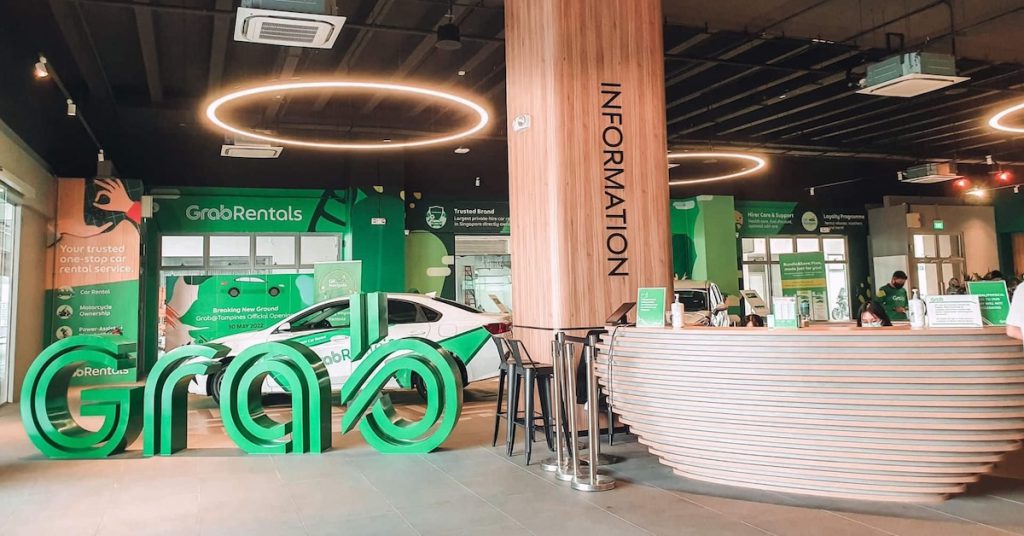
Singapore will have a total of six taxi operators now, as GrabCab, a subsidiary of Grab Rentals and the sister company of GrabCar, has just received a licence to run street-hail services in Singapore today (April 2, 2025). According to a press release by the Land Transport Authority (LTA), GrabCab’s entry will provide drivers and […]
A beginner-friendly guide to investing: How to start growing your wealth in M’sia

Disclaimer: This article is for educational and informational purposes only. It is not intended to be a substitute for financial advice. Readers are encouraged to do their own research before arriving at any conclusions based solely on this content. Vulcan Post disclaims any reward or responsibility for any gains or losses arising from the direct […]
This M’sian chef went from running a tong sui stall to owning a dessert chain with 4 outlets

There’s a bunch of modern desserts available nowadays, from icy bingsu to creamy gelato. But to me, nothing hits the same as good old tong sui. Perfectly light and refreshing, it makes for a delectable treat after a heavy meal. Of course, I’m not the only one who enjoys a good bowl of tong sui. […]
“Every election is the PAP’s to lose”: Ex-NMP Calvin Cheng on Singapore’s political scene

As GE2025 draws near, an increasing number of politicians and thought leaders have begun voicing their perspectives on Singapore’s political landscape. In a recent episode of The Daily Ketchup, former Nominated Member of Parliament Calvin Cheng shared his insights on crucial factors shaping voter decisions and his predictions for the upcoming elections. Here are some […]
Here’s a list of S’porean civil servants that could make their political debut in GE2025

In the lead-up to Singapore’s 2025 General Election, several senior civil servants have resigned from their positions in recent weeks, sparking speculation about their potential candidacy. It’s no secret that political parties often tap into the public service for new candidates—but who has resigned so far and what are their backgrounds? Here’s a breakdown: Civil […]
Why Singaporean Muslim fashion brand Naezily has shut down its business for good after 5 yrs

After five years in business, Muslim fashion brand Naezily will close its business and shutter its retail outlet at Nordcom II, 2 Gambas Crescent. The founder of the business, Miza Nazili Ghazali, announced the closure through a video on the brand’s official Instagram and her personal account on March 4. “It’s with a heavy heart […]
Why Brisbane & Gold Coast should be M’sian travellers’ top Aussie destinations in 2025

[This is a sponsored article with Singapore Airlines.] Just last year, The New York Times featured Brisbane in their list of 52 places to visit in 2024. And about a month later, the Washington Post likewise also featured Brisbane in their own list, titled “Where to go in 2025, without crowds.” For two big names […]
Hands on with the Lenovo ThinkPad X9 Aura Edition, the RM7,300+ AI-powered business laptop
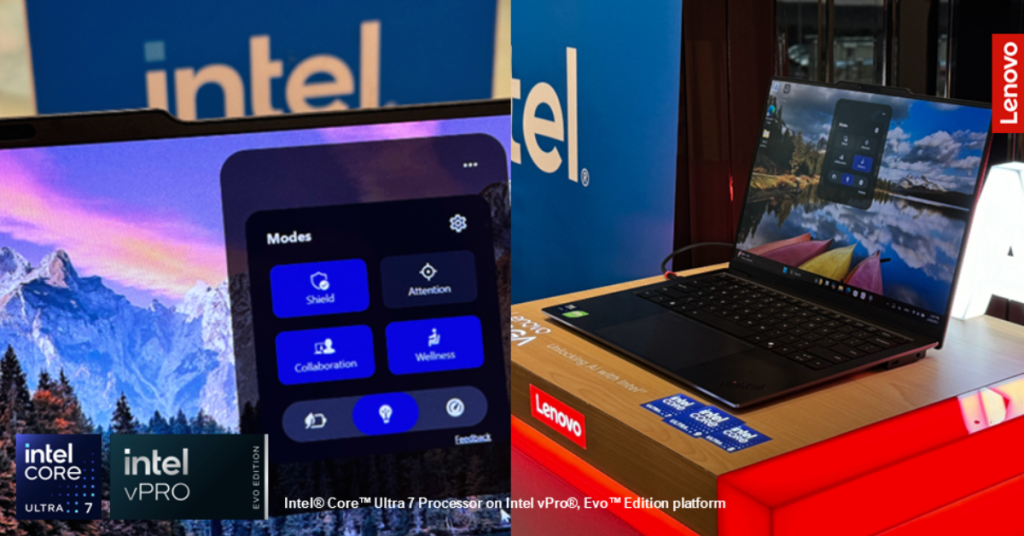
[Written in partnership with Lenovo, but the editorial team had full control over the content.] Think commercial business laptops and you might just think ThinkPad, and for good reason. A line of business-oriented laptops, Lenovo’s ThinkPad has been around since 1992, with its earliest models designed, created, and manufactured by International Business Machines (IBM). Its […]
This S’porean stay-at-home mum runs a teh tarik biz solo—she even catered for a 600-pax wedding
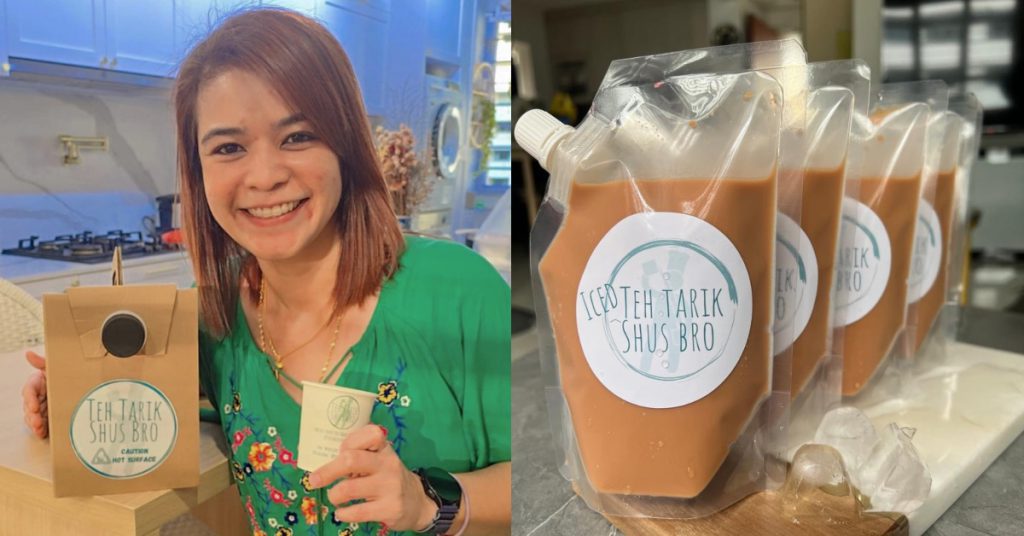
Norhidayah (Hidayah) Sabri was content with her career working at a merger and acquisitions company in Singapore—that was, until she gave birth to her second child. Longing to spend more time with her children, she made the decision to leave her job and become a full-time stay-at-home mother. Her main focus was to care for […]
As 2024 Draws to a Close, How Has Malaysia’s August Cybersecurity Act Been Received?

The Cyber Security Act 2024 (CSA) has brought a distinct approach for Malaysia, which shifts the focus of the country’s critical information infrastructure. Officially, the Act came into force on August 26th, 2024, and has since begun revolutionizing cybersecurity in Malaysia. Read on to learn about it and the improvements it’s making. Overview of the […]
Ranking 26 popular M’sian coffee chains by price and accessibility (but not taste)
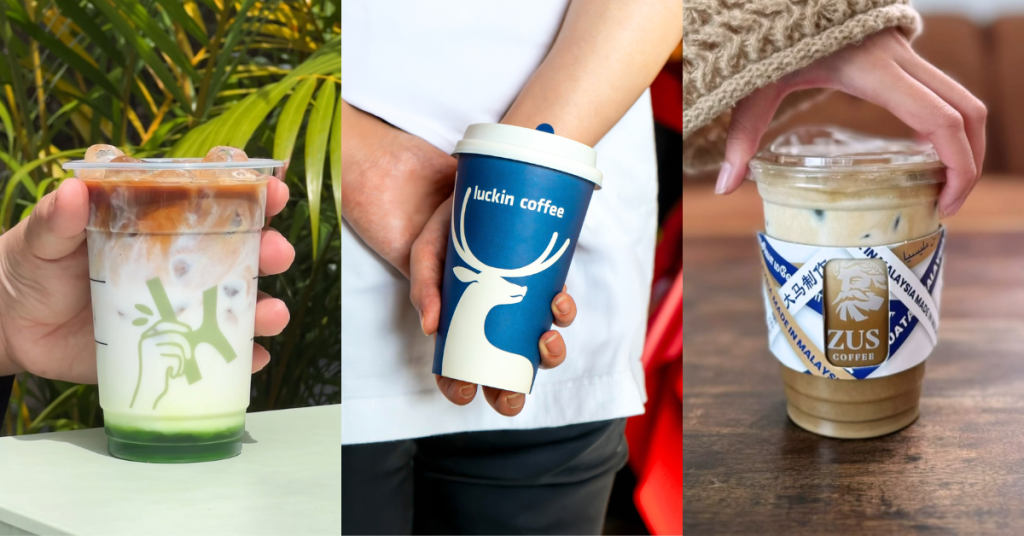
Coffee. Malaysians seem to love it, given just how many brands and coffee shops we have. From kopi to fancy brews, options are aplenty. How can we overcome the choice paralysis and make our pick? Well, taste aside, here’s a 2025 list that’ll help you determine where to grab your cup of joe from. A […]
374,000 Singaporeans earn S$10,000 per month or more. Here’s who they are and what they do.

Disclaimer: Unless otherwise stated, any opinions expressed below belong solely to the author. All data comes from the Singapore Ministry of Manpower. We all know the median income figures for the Singaporean population, but, like every average figure, it’s a bit meaningless for most, because it includes a broad range of people, including the elderly, […]
Cathay Cineplexes to close its JEM outlet as landlord seeks S$4.3M in rental dues
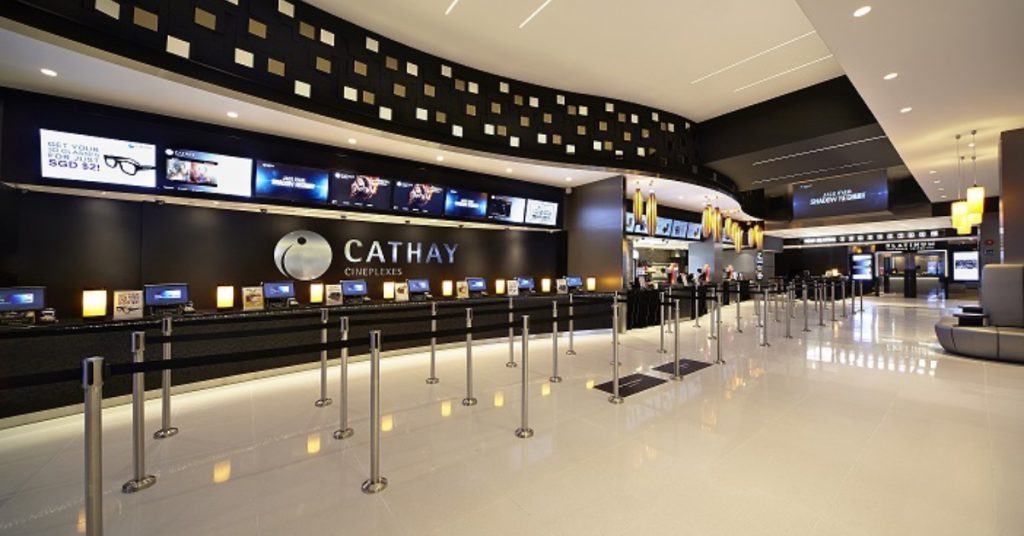
Cathay Cineplexes will close its JEM shopping mall outlet in Jurong East today (March 27). In its filing on the Singapore Exchange, the cinema chain’s operator, mm2 Asia, stated that the closure follows over a year of negotiations with the landlord, Lendlease Global Commercial Real Estate Investment Trust. Cathay Cineplexes “has been actively engaging with […]
BNPL for fried chicken? That’s exactly what KFC M’sia & Boost have teamed up to offer.

KFC Malaysia just dropped something that had us doing a double take and wondering if it was an early April Fools joke, but perhaps the joke is on us. Earlier today, KFC introduced its very own Buy Now, Pay Later (BNPL) payment scheme, QSR PayFlex, powered by Boost. Through the scheme, fried chicken lovers would […]
This S’porean worked 3 jobs to fund her jewellery biz, now it fully occupies 3 storeys

Vidhi Modi has always had a knack for business. At just seven years old, she was already selling garam masala-flavoured popcorn and handmade bookmarks to her classmates to earn extra pocket money. By 16, she had launched a dropshipping business, followed by her own apparel and candle brands. While these early ventures didn’t take off, […]
Can M’sian bizs play any music or show they want on their premises? Here’s what the law says.

Disclaimer: This article is for general informational purposes only and is not meant to be used or construed as legal advice in any manner whatsoever. All articles have been scrutinised by a practising lawyer from Tristan & Partners to ensure accuracy. When it comes to restaurants, it’s often more than just about the food. It […]
Moved by their mums’ struggles, they launched a S’porean startup helping women with menopause

Hot flushes and erratic mood swings—these are the two things that come to mind whenever I think about menopause, and I used to dread it as I think about growing older. That was until I came across a clip from the Amazon Prime series Fleabag when a monologue by British actress Kristin Scott Thomas changed […]
China’s famous Luckin Coffee entered Malaysia 2 months ago, we find out if it’s worth trying
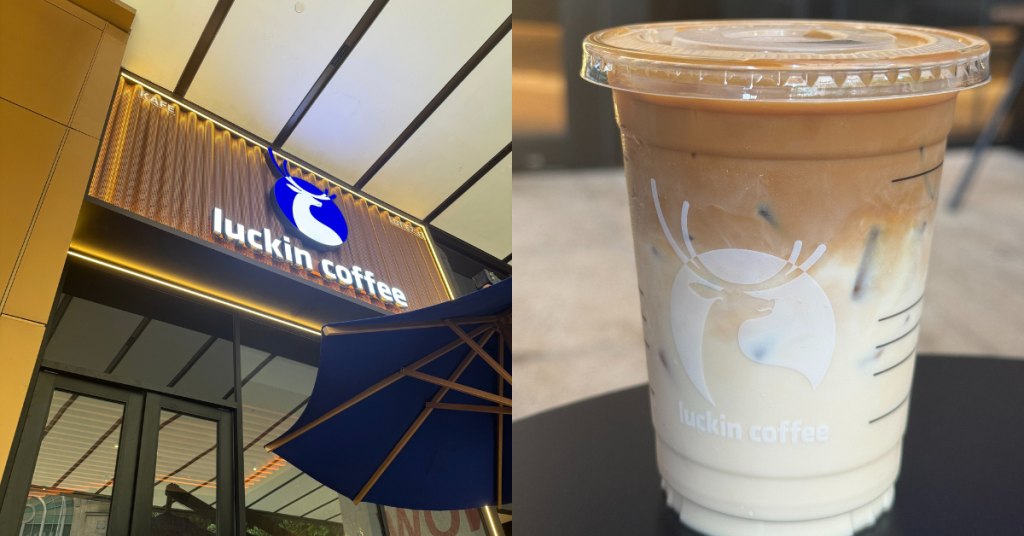
It’s white and blue, has an app, and sells coffee. What brand is it? If you’re Malaysian, you might be inclined to say ZUS Coffee. But those in China might think you’re referring to one of the country’s 18,360 Luckin Coffee outlets. Yes, you read that number right. I’m writing this with a cup of […]
If he wins big this year, Lawrence Wong may be Singapore’s most resilient Prime Minister yet
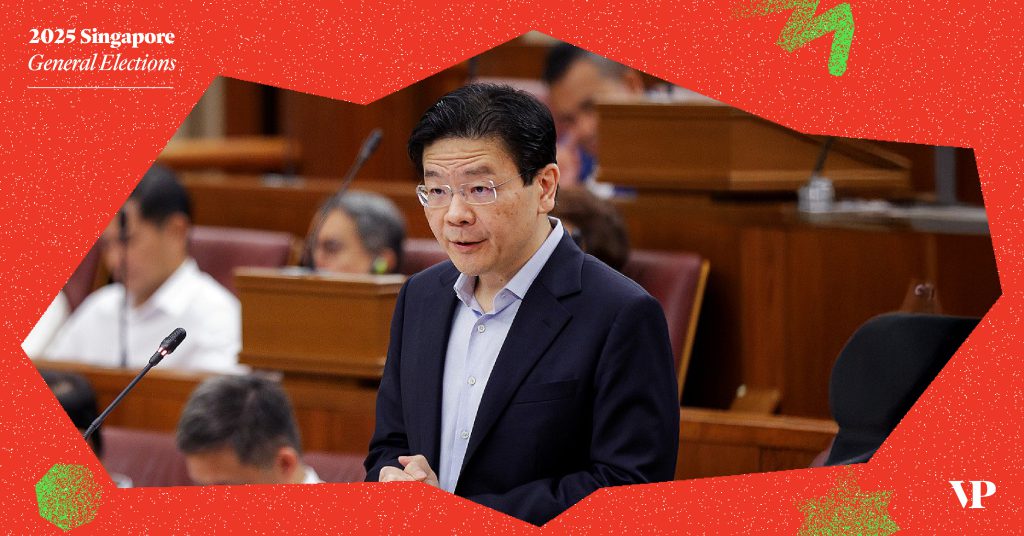
Disclaimer: Opinions expressed below belong solely to the author. This year’s General Election is likely the most unpredictable in history, following an eventful term since the last contest in 2020. It also marks the start of the post-Lee era, as Lee Hsien Loong steps down. Now serving his final years in politics as a Senior […]
Filmgarde Cineplexes closes its last outlet in Singapore, exits cinema industry after 18 yrs

After 18 years in business, Singapore cinema operator Filmgarde Cineplexes has shut down its remaining movie theatre in Kallang. The company announced the closure on Instagram today (March 25), uploading a photo that read: “It has been a wonderful 18 years and it is finally time to dim the lights.” The same photo was also […]
Inflation in S’pore finally ends as retail prices drop, gas & electricity cheapest in 2 years

Disclaimer: Unless otherwise stated any opinions expressed below belong solely to the author. Inflation data sourced from the Monetary Authority of Singapore. It’s finally over! Despite projections putting the inflation rate for the full 2025 at between 1.5 to 2.5%, the all-items headline inflation rate for February stopped at just 0.9%. This is significantly below […]
5 commuter-friendly thrifting neighbourhoods in Klang Valley for a day’s worth of shopping
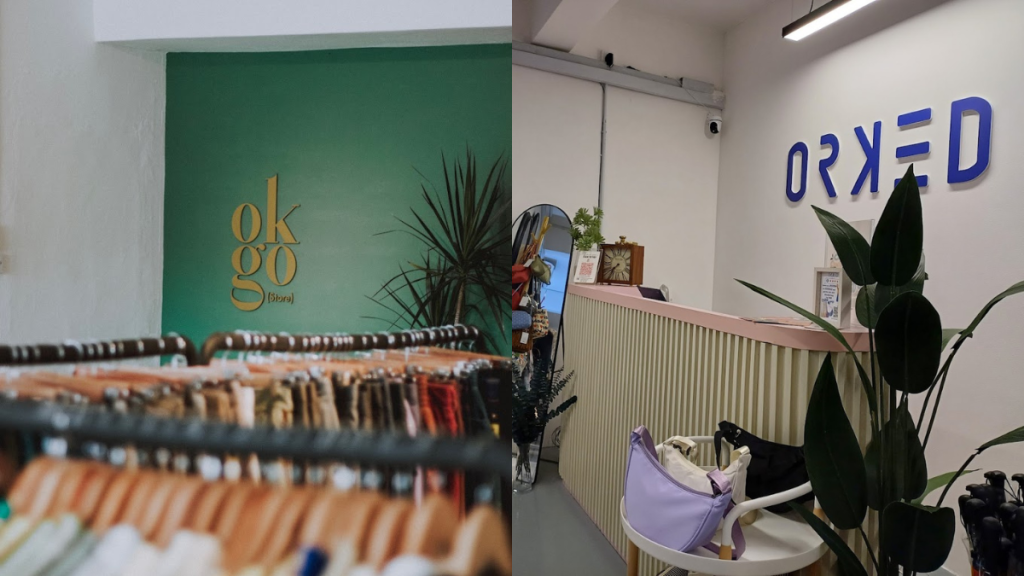
For years now, thrifting has been a fun bonding activity for Gen Zs and millennials, offering a wallet-friendly way for people to connect over an important part of culture: fashion, while staying eco-conscious. That said, thrifting has somewhat fallen out of the mainstream recently. Maybe it’s because “good” thrift stores are hard to find. Maybe […]
Behind this aesthetic Subang pickleball court with an eatery by M’sian F&B chain Oh My Belly
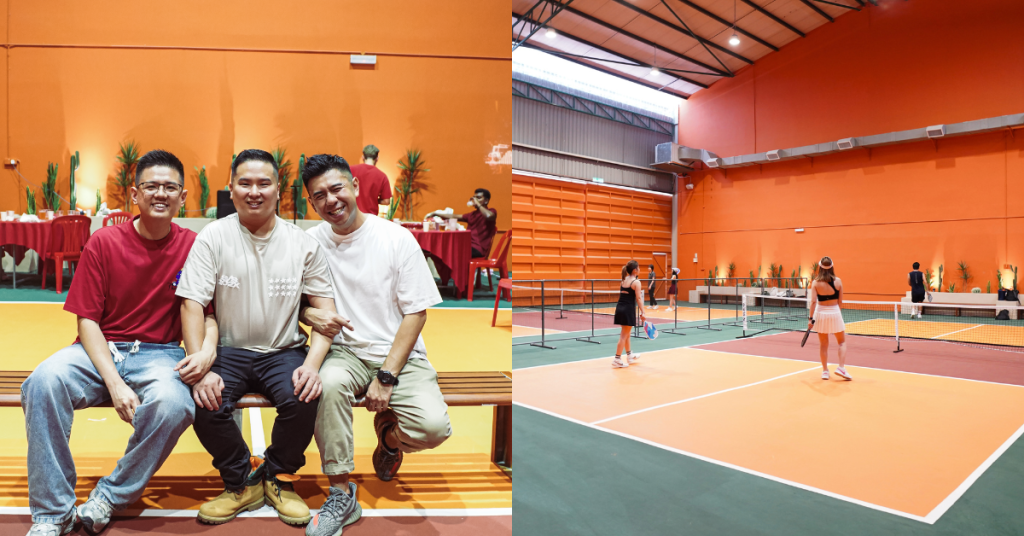
As more and more pickleball courts open up across Malaysia, there has become a need to stand out from the crowd through unique offerings. At Pickle Space, aesthetics might just be the selling point. With Moroccan-inspired designs and a full-fledged eatery on the premises, it’s more of a lifestyle destination than a sports complex. Not […]
Why this new Damansara restaurant has fans of now-closed Oriental Cravings in an uproar
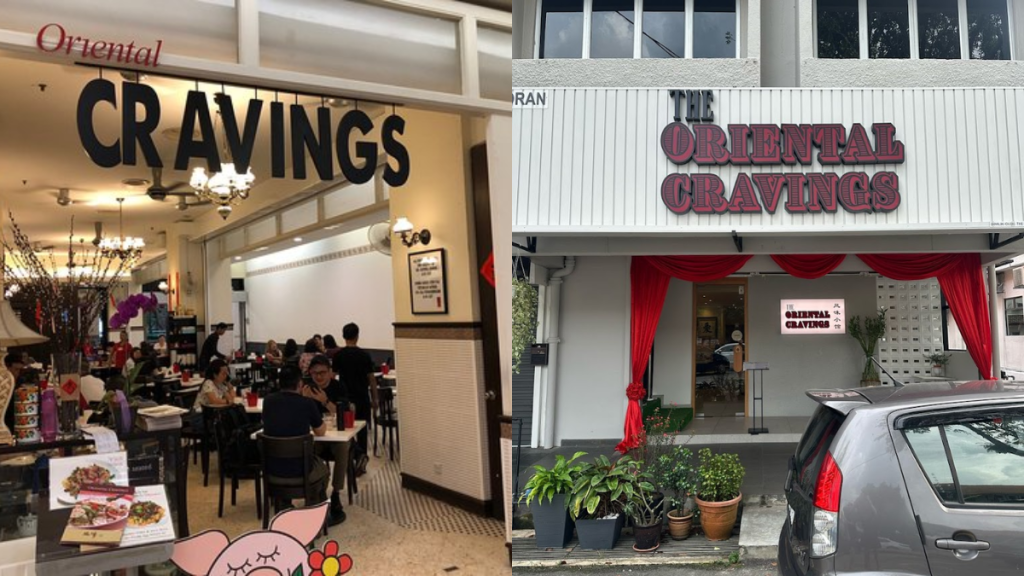
Following the opening of one “The Oriental Cravings” in Damansara Kim, upset has flared among past customers of the now-closed Oriental Cravings in 1 Utama. Oriental Cravings pulled down its shutters in September 2021 after 17 and a half years of operating. Soft launched on March 15, 2025, The Oriental Cravings owned by 23-year-old Kimberly […]
All S’pore Cold Storage & Giant Supermarket outlets to be sold to M’sian company for S$125M
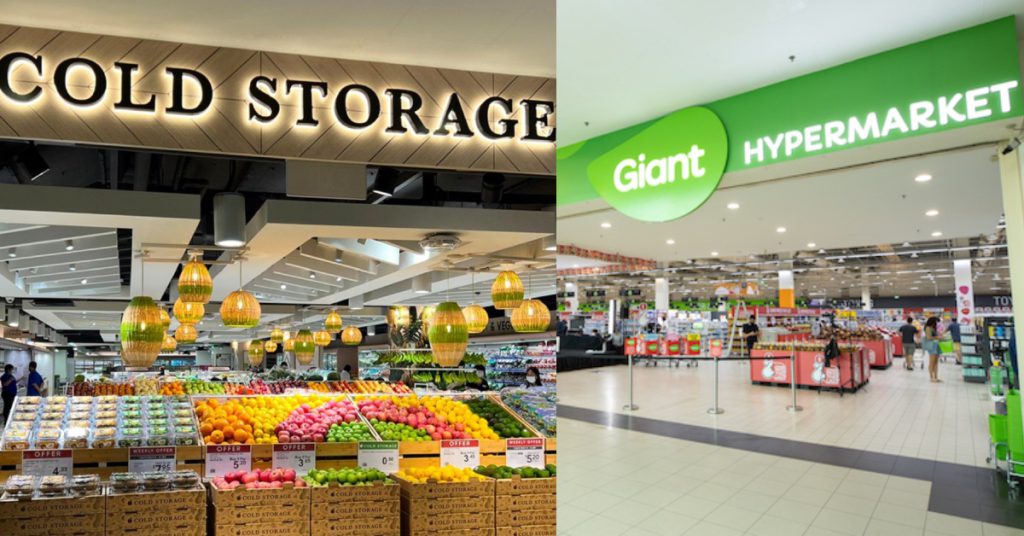
All Cold Storage and Giant supermarket outlets located in Singapore will be acquired by Malaysian retail group Macrovalue for an initial price of S$125 million, The Straits Times reported. DFI Retail Group, the current owner of both supermarket chains, announced the sale today (March 24). Cold Storage operates 48 stores across its various brands—CS Fresh, CS Gold, […]
For hijabis, by a hijabi: This ex-actress opened a Muslim-friendly hair salon in S’pore

As a hijabi, I often neglected my hair. After all, no one sees it, so why bother taking care of it? I’m sure many other hijabis can relate, but former actress and presenter Nura Jasni, 43, sees things differently. “Just as women indulge in skincare for their face, they must do the same for their […]
After their 9-to-5, this M’sian couple runs a side hustle selling cheesy potato bowls
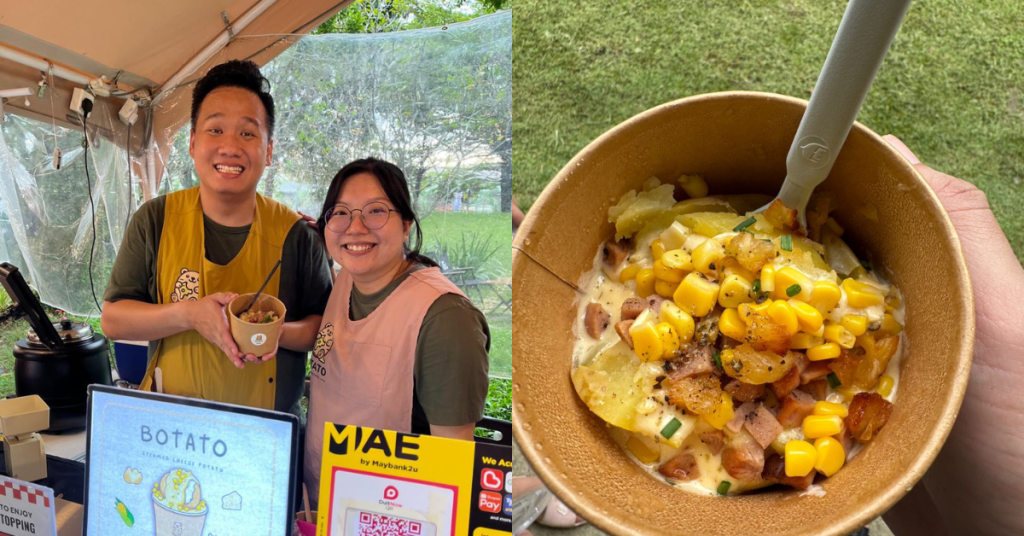
For those who want to earn some extra income or perhaps tap into their personal interests, starting a side hustle is a no brainer. But what sort of business should you start? And how should you go about it? For Shu Lee and Chee Wai, the answer began with potatoes. Two beaus Couple Wong Shu […]

